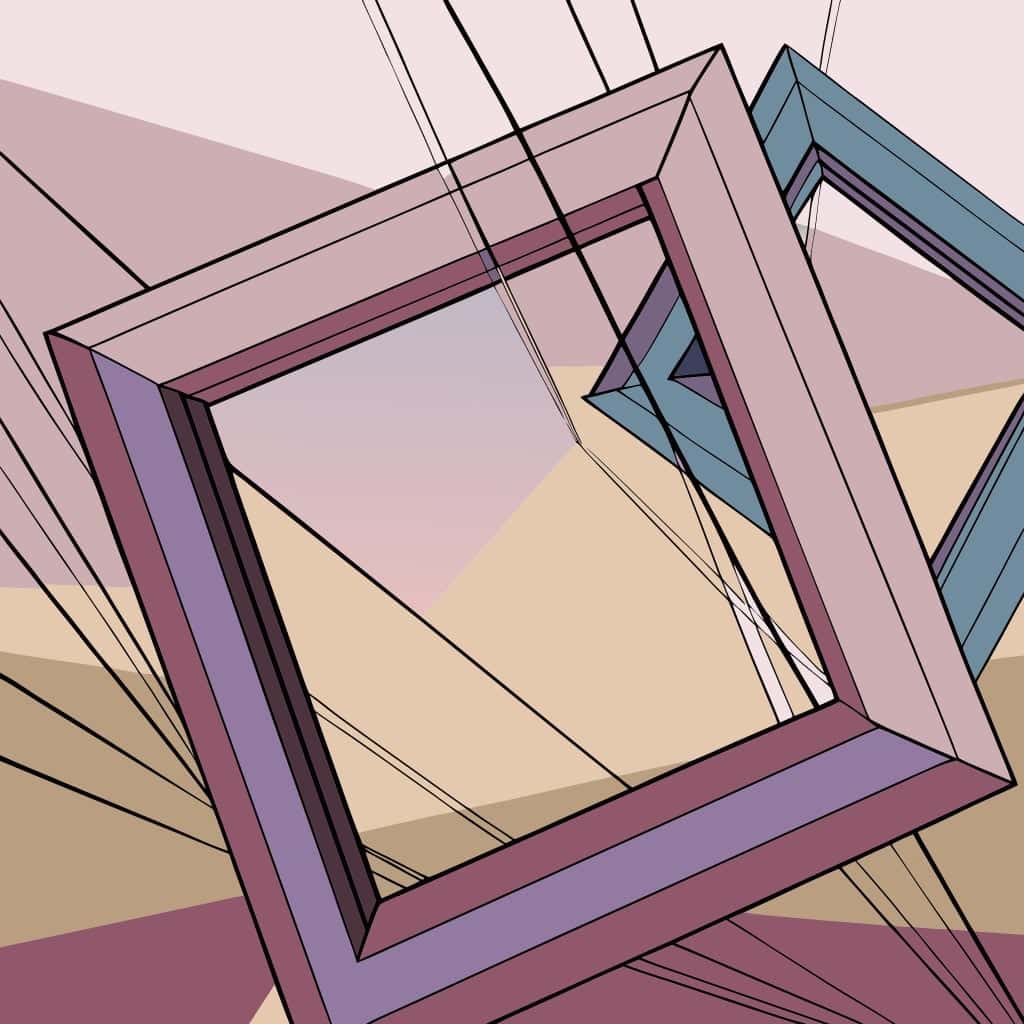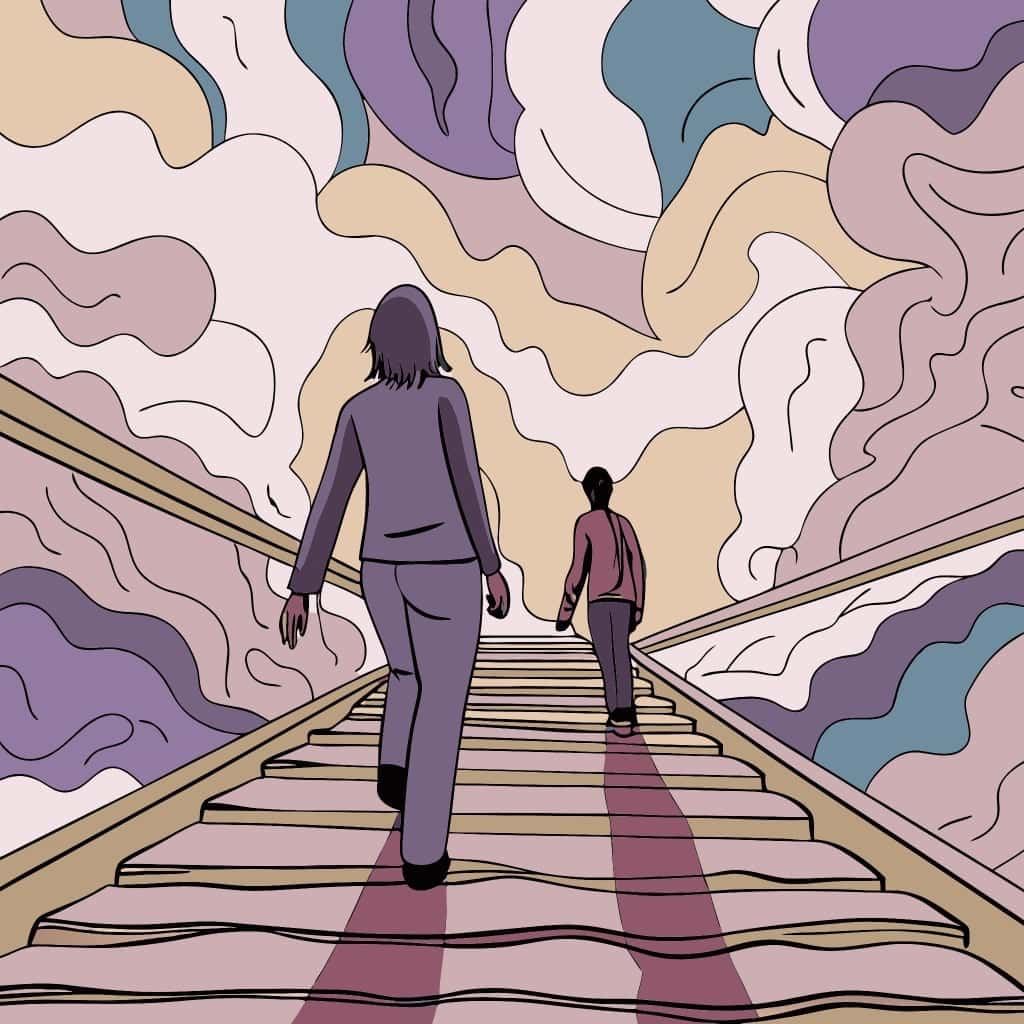This post isn’t a polite reminder. It’s a cautionary tale. A reflection, really — on every well-funded, well-intentioned product team that hired UI/UX designers… and then slowly suffocated them in a pile of Slack threads, Notion checklists, and “just a quick thought” Figma comments.
Let’s call it what it is: pixel micromanagement with a smile.
The invisible hand (that ruins everything)
Somewhere around week three, you start feeling itchy.
You know the work is progressing. The flows are being shaped. But your product’s future is sitting inside a Figma file, and your inner control freak starts asking questions like:
“What if the CTA was blue instead of black?”
“Can we add a third variant for this?”
“I know this wasn’t scoped, but we should probably rethink onboarding too.”
By week five, it’s full-blown panic seasoning: adding more screens, injecting new features mid-sprint, questioning every label, and scheduling emergency calls because your co-founder’s cousin said the dropdown “feels off.”
This isn’t collaboration. This is what happens when people get nervous and try to Photoshop their way out of strategic uncertainty.
From a freqently hired UI/UX Designer
We once worked with a startup — Series A, slick branding, investors with podcasts. They brought us in to “rethink the UX holistically.” (Their words.)
Week 1: Alignment sessions, clear goals, promising start.
Week 2: We share core flows. Quiet optimism.
Week 3: Their CEO sends us a 27-minute Loom (really?) critiquing icon choices “from a narrative perspective.”
By Week 6: They’d added six new “must-haves,” hired a second agency for “visual polish,” and were gutting validated flows because someone on the board wanted it to “look more like Apple.”

They weren’t bad people. They just panicked.
They hired us for our thinking — then tried to puppeteer the outcome like a cursed marionette show.
Design is not a f*cking decoration!
Let’s clarify something before someone suggests adding gradients again.
You DO NOT hire UI/UX designers to make your product prettier. You hire them to make it understandable, usable, and trusted. To find clarity where there’s noise. To translate business intent into real-world interaction.
I once watched a client add a “personality splash” to their onboarding — confetti animation, mascot voiceover, four extra clicks.
Activation tanked.
But hey, it felt “on brand.”
When you reduce that to visual preference and tweak feedback, you’re not improving the design. You’re sanding off its spine.
The slow death of good work
Let’s talk about what dies when you don’t let designers do their job:
User Clarity. When five stakeholders chime in on copy, you end up with vague mush instead of real messaging.
Flow Cohesion. That “one quick tweak” in step three just broke the logic in step one. Nobody noticed. Nobody tested.
Time. You’re now paying for ten extra Figma rounds and a QA phase that will be 40% rework.
This isn’t just inefficiency. It’s death by 1,000 micro-decisions, none of which moved the needle.
Oh, and guess what? The product still doesn’t convert. But at least the icons are shiny.
What good clients ACTUALLY do
Want to be the reason your design partner produces their best work? Do less. But better.
Describe the problem, not the solution. Designers aren’t waiting for your fix. They’re trying to understand your context.
Give feedback on the why, not the what. “This feels confusing” is gold. “Make it blue” is noise.
Trust the process you paid for. Or don’t hire specialists. Simple.
You don’t argue with your dentist about drill angles. So why do it with design?
“But we’re a collaborative team!”
Great. Collaboration means letting designers lead the design.
Not crowdsource every headline through Slack.
Not redesign during the final QA week.
Not arbitrarily freeze Figma pages because the CEO “liked the old layout better.”

Let the experts own their corner. If your designer is just your cursor-with-benefits, something’s broken.
Final plea: Stay out of the kitchen
If you’re hiring a chef, don’t hover over the stove. If you’re hiring a UI/UX designer, don’t walk into the file with your shoes on and start moving furniture.
This isn’t about ego. It’s about outcome. The more you meddle, the more it shows. And not in the good way.
Great design is fragile. It needs clarity, constraints, and — most of all — trust.
So next time you hire UI/UX designers, give them what they actually need: context, space, and a bit of breathing room.
You’ll get better work. You might even ship on time. And who knows — maybe your users will finally stop rage-clicking your homepage.
Still unsure? Before you hire UI/UX designers, ask yourself: do you want a partner — or a pixel butler?
